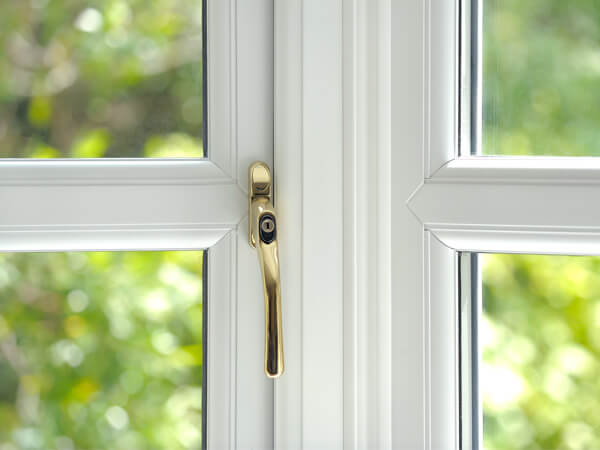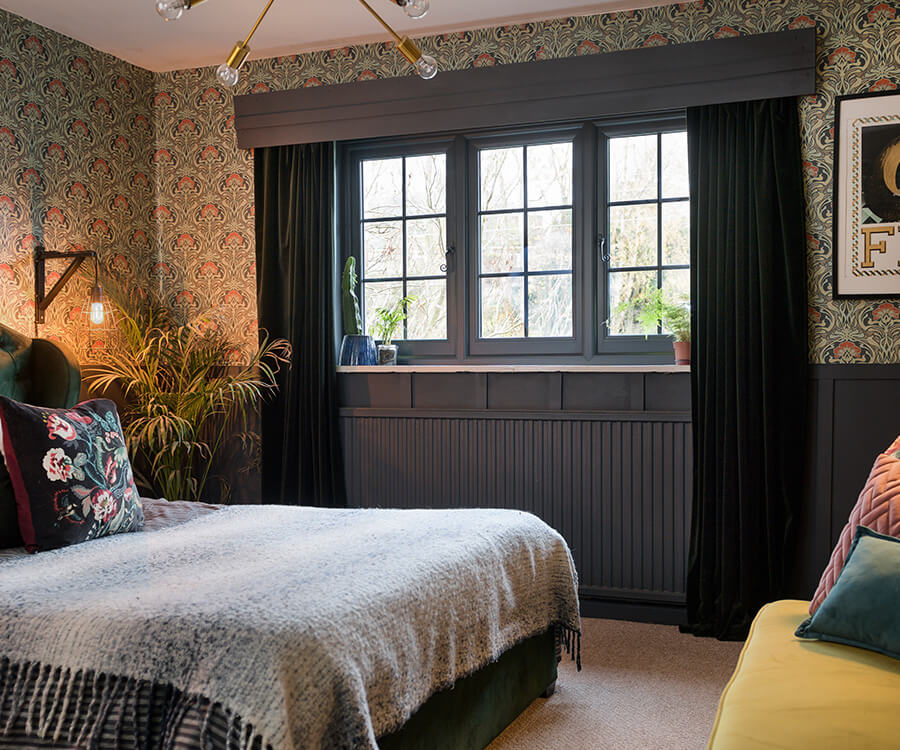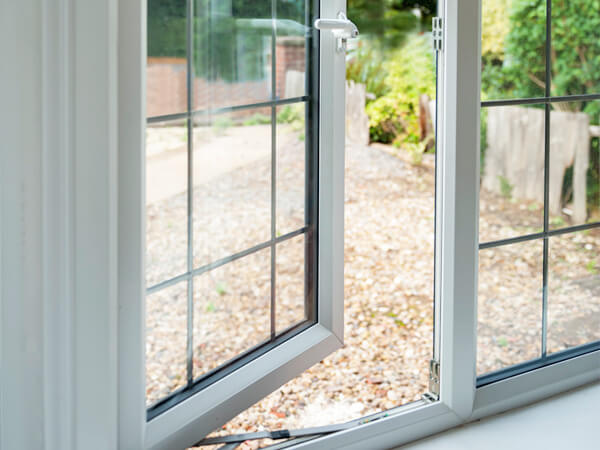Stop Guessing: Here’s the UK Standard Window Sizes
A Helpful Overview of Standard Window Sizes UK
With homes across the UK and South Wales varying so much in style and age, standard window sizes don’t always apply. The size and shape of your windows can depend heavily on your property type, meaning dimensions can differ quite a bit.
One of the biggest advantages of choosing professional installation is that fitters will measure your openings with precision, helping to ensure a seamless, gap-free fit.
In this guide, we’ll explore size charts for some of the most common window types, but first, let’s take a closer look at what “standard” window sizes really mean.
Standard UPVC Window Sizes
UPVC is the most widely used material for windows in UK homes, mainly thanks to its durability and cost efficiency, so we understand if you’re particularly interested in learning more about standard UPVC window sizes.
You’ll find standard double glazed window sizes for height and width listed below in two separate lists.
UPVC Window Standard Heights:
-
500 mm (19.7 in)
-
600 mm (23.6 in)
-
1050 mm (41.3 in)
-
1200 mm (47.2 in)
-
1350 mm (53.1 in)
UPVC Window Standard Widths:
-
488 mm (19.2 in)
-
630 mm (24.8 in)
-
915 mm (36 in)
-
1200 mm (47.2 in)
-
1770 mm (69.7 in)
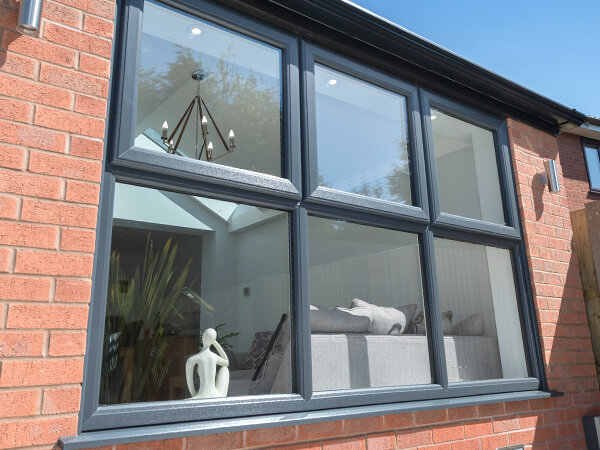
Standard Casement Window Sizes
Casement windows are a classic and versatile choice. As the UK’s most popular types of windows, they come in many different layouts to suit various types of openings.
You can browse the most frequently used casement window sizes below:
-
635 mm × 890 mm (25 × 36 in)
-
736 mm × 1194 mm (29 × 74 in)
-
736 mm × 1498 mm (29 × 59 in)
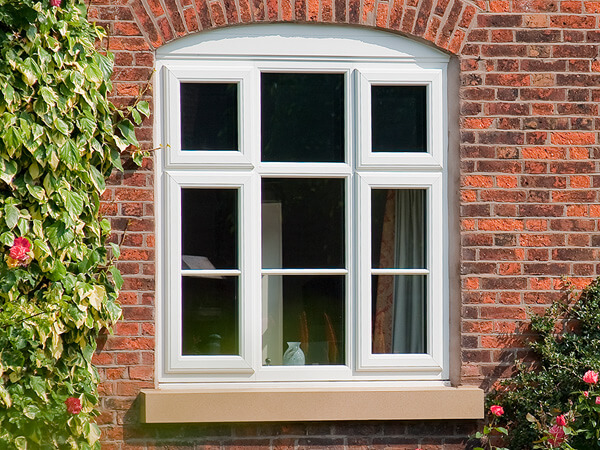
Standard Tilt and Turn Window Sizes
Tilt and turn windows offer something a little different—they’re simple to clean and offer excellent ventilation control, which is especially useful during the warmer months.
Here are the standard sizes for single, double, and triple tilt and turn windows:
Single Tilt and Turn:
-
Min: 600 mm × 500 mm (23.6 × 19.7 in)
-
Max: 1900 mm × 1300 mm (74.8 × 51.2 in)
Double Tilt and Turn:
-
Min: 600 mm × 1200 mm (23.6 × 47.2 in)
-
Max: 1700 mm × 2400 mm (66.9 × 94.5 in)
Triple Tilt and Turn:
-
Min: 600 mm × 1600 mm (23.6 × 62.3 in)
-
Max: 1900 mm × 3000 mm (74.8 × 118.1 in)

Standard Sash Window Sizes
Sash windows offer a nod to the past with their charming, traditional appearance. While they deliver modern performance, they look right at home on cottages and period properties, and can even bring character to more modern builds.
Below are the standard sash window widths:
Sash Window Standard Widths:
-
914 mm (36 in)
-
1219 mm (48 in)
-
1524 mm (60 in)
-
1829 mm (72 in)
-
2134 mm (84 in)
Sash Window Standard Heights:
-
609 mm (24 in)
-
914 mm (36 in)
-
1219 mm (48 in)
-
1524 mm (60 in)

Standard Bay Window Sizes
Bay windows are a firm favourite for double glazing upgrades, as they create a standout feature from the outside and fill your home with natural light. Their outward projection also adds a sense of space, and they can even be paired with built-in seating for a cosy nook.
Explore standard window sizes cm for bay windows below:
Bay Window Standard Widths:
-
Min: 1016 mm (3 ft 6 in)
-
Max: 3200 mm (10 ft 6 in)
Bay Window Standard Heights:
-
Min: 914 mm (3 ft)
-
Max: 1981 mm (6 ft 6 in)

How Window Material Can Affect Standard Sizes
The type of material you choose for your windows can impact the standard window sizes available and how much freedom you have with your design choices.
UPVC – UPVC windows generally stick to the most commonly used standard sizes, making them a practical and affordable option for many modern homes. Their dimensions often align with typical UK openings, making replacements simple and efficient.
Timber – Timber windows are often made to measure, especially for homes in conservation areas or with period features. They’re usually customised to suit the original proportions of the property, meaning standard sizes may not apply.
Aluminium – Aluminium’s strength allows for slimmer frames and bigger panes of glass. It’s ideal for creating wide or tall windows that let in more light, without compromising on stability or structure.
How to Measure Your Windows Before Replacing Them
If you’re planning to replace your windows and want a rough guide to the sizes you might need, the best place to begin is with accurate measurements. Here’s a quick and easy step-by-step guide to help you prepare for your replacement windows South Wales.
Measure from the outside
Start by heading outside with a tape measure. Measuring from the external brickwork will give you the most reliable and accurate dimensions.
You’ll need three measurements for both width and height
Measure each opening’s width in three places (top, middle, and bottom). Then do the same for the height (left side, centre, and right side). This helps identify any minor differences or irregularities in the opening.
Check for a square shape
To check that your window opening is square, measure diagonally from corner to corner in both directions. If both measurements are close, your opening is square. If they differ, it’s worth discussing with your installer.
Consider fitting tolerance
When working out your final window size, don’t forget to allow for a fitting tolerance. Deduct around 5–10mm from both the width and height to ensure the frame can be fitted accurately and securely.
Recap: What to Know About Standard UK Window Sizes
We hope this guide has helped you get to grips with the common question of what are standard window sizes, giving you insight into the average window size in the UK. Whether you’re replacing one window or redoing your whole home, understanding sizes is a helpful first step, and First Class Windows is here to support you throughout.
Our expert team will take detailed measurements to make sure your new windows fit perfectly and complement your property’s character and age.
We know replacing your windows is a big investment, and it’s natural to have questions. For more expert insight, including information on u values for windows, take a look at the rest of our blog.
Looking for new replacement windows?
Old favourites such as the Sash Window and Casement Window, sit alongside contemporary innovations including our latest flush range available in double glazing or triple glazing options.
Request your Free Window Quote
Simply fill in your details for your free, no obligation quotation, and click “Get Quote”
